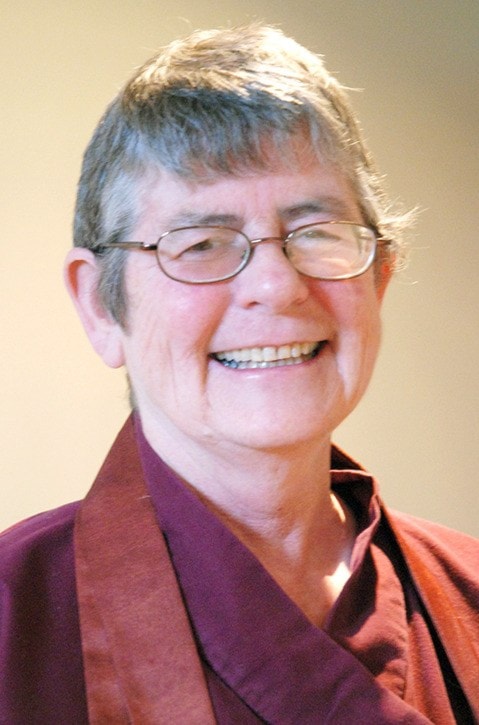13th Century Zen Master Dogen, in his essay titled, “Mountains and Rivers Sutra” has written about seeing mountains and rivers in a way that deepens our lives and expands our vision. In the last section of his essay he writes about sages and introduces a new idea about how sages practice in the mountains and on water. He says, “Mountains have been the abode of great sages from the limitless past to the limitless present.”
Before we can enter into an understanding of what Dogen is saying in this sentence, we have to appreciate what the word, “sages” means in Asian cultures. In China and Japan, a sage, is like a mountain that has sat still and accepted everything that comes and goes in its lifetime without judgment.
In Japan, a person who struggles to cultivate an art, a skill or wisdom to an exceptional level is officially named a National Treasure. The Japanese culture recognizes that such people are special, and that they are a source of inspiration for the rest of us. In Canada, we have a similar idea when we honour someone with a Governor General’s Award or an Aboriginal Achievement Award. When we do this we allow the recipients recognition as cultural icons.
In Asia there is also a tradition of sages living in the mountains. After completing a certain level of training, they often went into the mountains to deepen their practice and to further develop their wisdom. There were Taoist sages and Chan sages who were hermits, but many of them were not hermits. They lived in large monastic establishments where you could visit and practice with them. It was traditional for monks in training to walk for months to visit teachers who lived in the mountain terrains. The sages were easy to find since they often adopted the names of the mountains where they lived. Thus, the sage became the voice of the mountain and the mountain became the essence of the sage. In other words, the sage awakened the mountain, and the mountain awakened the sage.
It’s very much like coming to a place of practice like Sakuraji. When guests arrive they not only see the zendo, but they feel the energy of past practice. Often when visitors enter the zendo for the first time, they comment on how peaceful it is because they are experiencing the accumulated effects of the mediation that has already taken place. Because of this the zendo, like a mountain, is just as responsible for their awakening as the meditation practice that has awakened the building.
This is what Dogen meant when he said, “Wise people and sages all have mountains as their inner chamber, as their body and mind. Because of wise people and sages, mountains are actualized.”
Suggested Practice: The next time you visit a place where you focus on spiritual practice, notice the spiritual energy that others have left there for you. Allow that energy to deepen your practice.
